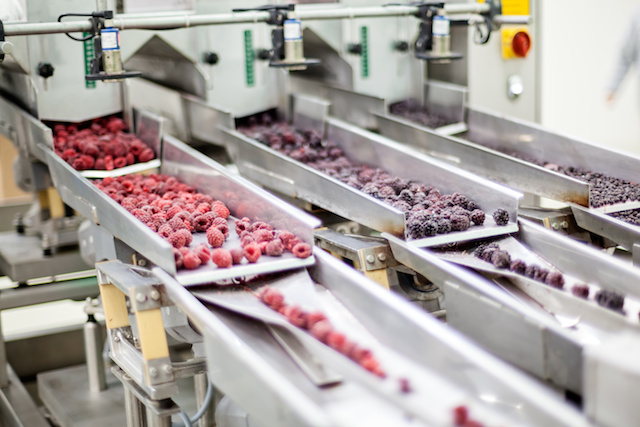
Over the last year, I’ve spoken with legions of aspiring food and beverage entrepreneurs and noticed a painful pattern: many projects stall before ever hitting the shelves. I’d like to see that happen less often, which is why I’m sharing some of the lessons I’ve learned.
Here’s how the trajectory typically goes. The startup hires an independent food scientist or a product development firm to formulate their recipe. After thousands of dollars and months of iterations, they pick a winner. Then they begin the search for a co-packer. After Googling around, they fire off a barrage of emails and expect the plants to respond enthusiastically at the “great opportunity” they’ve been handed. Except, this isn’t what happens. Instead, the founder sends e-mail after e-mail, then voicemail after voicemail, and finally, desperately, InMail after InMail to co-packers nationwide before finally losing hope.
There are relatively few food contract manufacturers in the U.S., and each has its own unique setup. Co-packers trade flexibility for output capacity, earning the vast majority of their profits from large clients for whom they produce hundreds of thousands or even millions of units per year. An offer to make 500 gluten free granola bars is the least productive use of their time. While startups such as Foodworks are working to lower the barriers to entry, challenges towards commercial manufacturing will remain for many products, especially beverages.
Gaining some insight regarding co-packer minimum order quantities (MOQs), availability, tolling fees, equipment specs and production capabilities before investing in product development is a wise move. While co-packers are indeed busy, a few straightforward questions delivered with a note of appreciation can help you establish a positive rapport and set you on a positive path to a potential working relationship.
Of course, you can’t know exactly what specs your product will have or what types of machinery you’ll need to manufacture it on a commercial scale. You can, however, do some upfront thinking to at least arrive at broad parameters. In beverage, for example, you might consider:
- Cans or glass or plastic
- Dairy or non-dairy
- Carbonated or non-carbonated
- Perishable or shelf-stable via pasteurization, retort, aseptic, etc.
After outlining the technical requirements of a new product, you can more efficiently determine a list of manufacturing candidates. You can assess if they have availability, pricing and minimums that fall within your budget and workable economics. Another common problem: developing a product without understanding its short and long-term unit economics — you should know from day one if it can survive at its target MSRP given your ingredient, packaging and freight costs with the margin needed for both your distributor and retailer. I could go on, but I’ll save this topic for a future post.
Instead of spending thousands on prototypes, first define exactly what product you want to make. Limiting the permutations will help reduce costs and transform your vision to reality down a straighter, smoother road. Once you’ve decided what you want to make, you can then engage a food scientist or product developer to offer high level advice as to what’s needed to produce it at a commercial scale. It is far cheaper to pay for a few hours on the phone than a few trips to a lab or pilot plant!
Have the food development expert help you draft a detailed product memo that can be shared with the co-packer. Include as much product and business information as you can. While some may disagree, forcing NDAs at the earliest stages seems to have a low payoff — the truth is, like VCs, co-packers have little interest in stealing your idea and may find it a turnoff. Sign something once you’ve got a foot in the door, not still begging to be let inside.
Next, share the project overview with an accompanying brief email to a targeted list of co-packers. Learn what you can from their websites — many of which admittedly look very 1993 — to avoid asking questions you can answer yourself. LinkedIn is a great way to find the appropriate contact, and tools like Rapportive and SellHack make it easy to figure out anyone’s email. Tracking software such as Mixmax can help you remember to follow up as needed.
Only after gaining a sense of its viability should you begin to source ingredients and start making samples for tasting. Instead of relying on your own palette or those of your conciliatory colleagues, solicit the feedback of unbiased, candid third parties. Using surveys and a combination of qualitative and quantitative measurements can guide your decision making process. Note: value any certified sommelier’s opinion 10x.
With a vision in mind, prototype in hand and manufacturer in line, you will be well positioned to overcome the odds and launch a successful brand.





